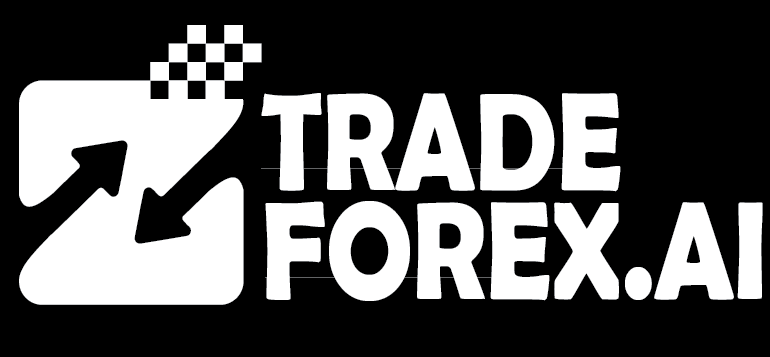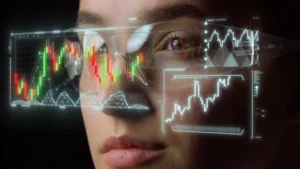The global financial markets are on the verge of a major transformation. Technology, once a supporting tool, is now becoming the foundation of how trading works. Artificial intelligence, quantum computing, blockchain, and predictive data systems are creating smarter, faster, and more efficient financial ecosystems. These future trading technologies are redefining what it means to participate in the markets.
By 2026, trading will be less about instinct and more about data-driven intelligence. AI and blockchain in financial markets are leading this revolution, automating everything from research and execution to settlement and risk management. Meanwhile, emerging technologies in trading in 2026, such as quantum computing and tokenization are opening new dimensions of efficiency and access.
As the lines between human and machine trading blur, the focus will shift from “making trades” to “managing systems that trade”. Understanding these next-generation trading tools will give investors and traders a clear advantage in adapting to the innovations shaping the future of trading that are already rewriting global finance.
1. Artificial Intelligence Becomes the Decision Engine
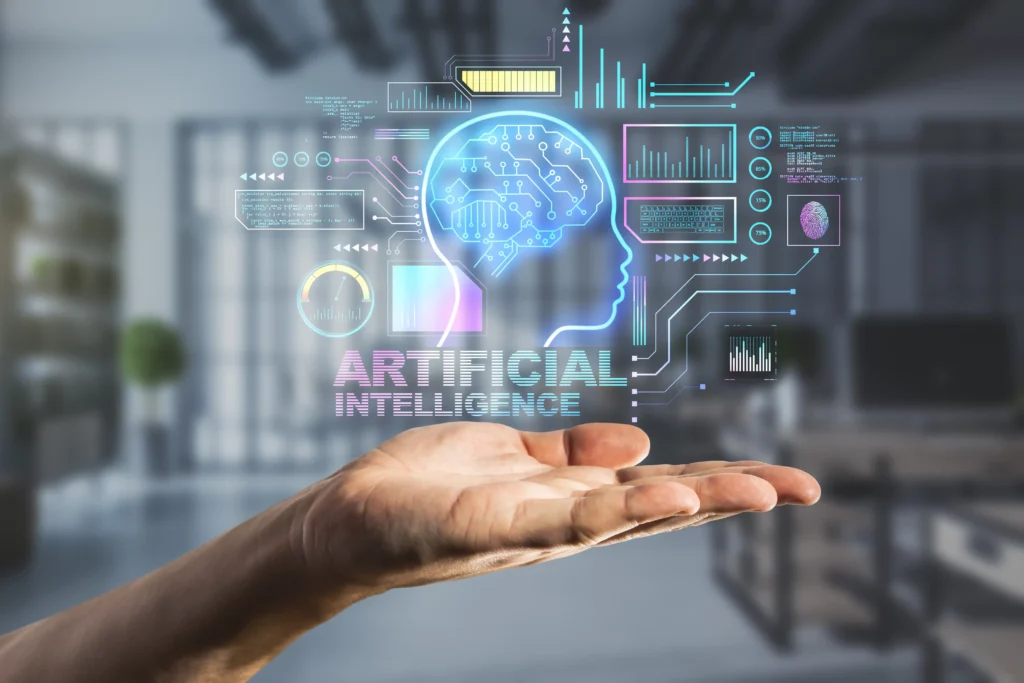
AI is already transforming trading, but its true potential will unfold in the next two years. Artificial intelligence systems can process real-time data from thousands of sources—news, charts, social media sentiment, and global macro indicators—to generate actionable insights within seconds.
Today’s AI platforms go beyond basic automation. They apply deep learning to refine predictions continuously, improving accuracy as they learn from new data. Hedge funds and banks are already using AI to detect price inefficiencies, manage portfolio exposure, and forecast volatility. Retail traders, too, can now access AI-powered assistants that identify trade opportunities and flag potential risks instantly.
A practical example is BloombergGPT — an advanced model trained on decades of market data. It interprets financial reports, generates forecasts, and summarises key market drivers faster than any human analyst could. This level of machine reasoning enables traders to make decisions backed by vast, dynamic datasets rather than intuition alone.
By 2026, AI won’t just support trading—it will define it. Systems will execute trades based on contextual understanding, not pre-coded rules. That evolution marks one of the most significant innovations shaping the future of trading.
2. Blockchain Technology and Tokenized Market Structures
Blockchain’s influence on trading extends well beyond cryptocurrencies. Its core value lies in creating a transparent, tamper-proof ledger for recording financial transactions securely. This innovation addresses long-standing issues like settlement delays, data manipulation, and fraud in traditional finance.
In the next wave of AI and blockchain in financial markets, decentralized systems will automate clearing and settlement through smart contracts. These digital agreements execute trades instantly once both sides meet agreed conditions, reducing dependence on intermediaries. The result is faster processing, lower costs, and better transparency.
The most exciting development is asset tokenization. By converting real-world assets like bonds, real estate, or commodities into digital tokens, investors can trade fractions of high-value instruments with minimal barriers. Platforms like BlackRock’s tokenization pilots already allow fractional ownership of corporate debt, expanding access to institutional-grade opportunities for retail investors.
By 2026, tokenized assets could represent over $10 trillion globally, according to Boston Consulting Group estimates. For traders, that means unprecedented liquidity and diversification options. Blockchain’s secure infrastructure combined with AI analysis will form one of the core pillars of emerging technologies in trading in 2026, making global markets more inclusive and efficient.
3. Quantum Computing and Predictive Market Models
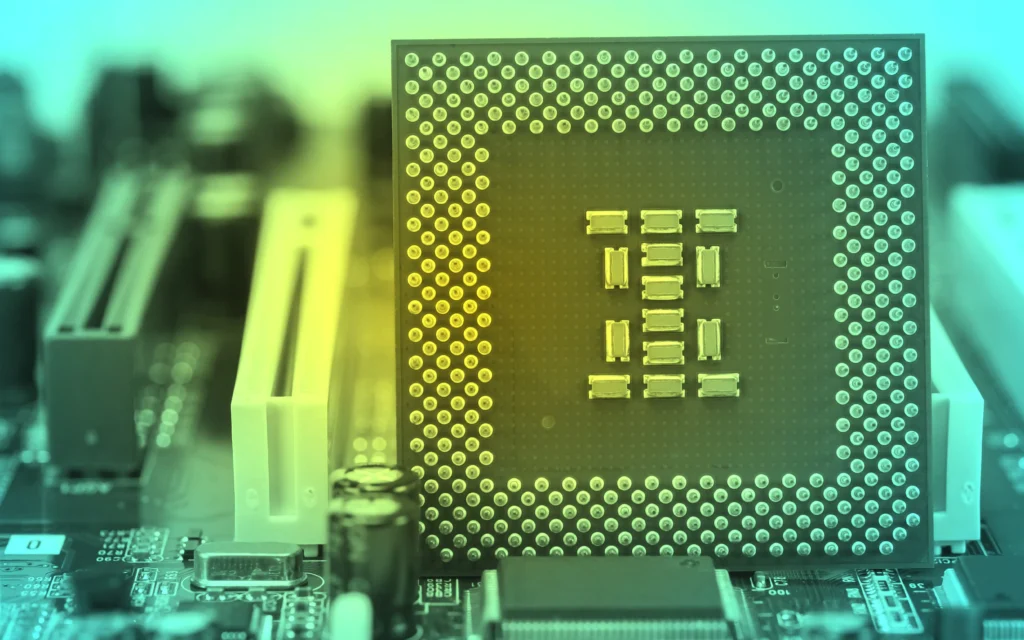
Quantum computing promises to process information at speeds unimaginable to current technology. Unlike traditional processors that analyse one variable at a time, quantum computers can evaluate countless possibilities simultaneously. This power allows complex financial systems to be modelled more accurately and efficiently.
Financial institutions such as JPMorgan and HSBC are exploring quantum algorithms to improve portfolio optimisation, simulate market stress scenarios, and enhance risk modelling. These early implementations have already shown promising results—cutting computational time from hours to seconds.
Imagine being able to test thousands of potential trade setups simultaneously, adjusting for every possible price path, macro event, and liquidity condition. That’s exactly what next-generation trading tools powered by quantum computing aim to achieve.
Combined with AI and blockchain in financial markets, quantum algorithms can securely process vast datasets while ensuring predictive precision. For example, a trader using quantum-backed analytics could anticipate volatility shifts during major central bank announcements with near real-time accuracy.
As these systems mature, quantum computing will become the ultimate differentiator in data-driven decision-making. It represents one of the most powerful innovations shaping the future of trading before 2026.
4. Multi-Agent Autonomous Trading Systems
Automation is advancing from single algorithms to intelligent networks. Multi-agent trading systems consist of multiple AI-driven components that collaborate like human teams—each responsible for a specific task. One agent might track macroeconomic sentiment, another might analyse technical trends, and a third might control trade execution based on overall strategy.
This structure increases adaptability and resilience. When volatility spikes, risk agents automatically adjust exposure while others find offsetting opportunities across correlated assets. Such systems reduce dependence on rigid trading rules, learning continuously from feedback and evolving market conditions.
A leading research model, “TradingGroup”, demonstrated how AI agents could cooperate to outperform single-strategy systems by dynamically allocating capital based on changing liquidity and volatility metrics. This adaptability is what makes emerging technologies in trading in 2026 both intelligent and self-correcting.
By 2026, these multi-agent ecosystems will be embedded in institutional platforms, allowing traders to manage diverse strategies simultaneously. The shift from fixed automation to interactive AI collaboration will redefine how strategies are built and executed—marking a leap in next-generation trading tools.
5. Real-Time Cloud Infrastructure and Edge Computing
The future of trading will depend on low-latency infrastructure. Cloud and edge computing are transforming how quickly data moves between traders and markets. These future trading technologies process information closer to its source, cutting execution time from milliseconds to microseconds.
Major exchanges like NASDAQ and CME have already integrated cloud-based systems to distribute live market data instantly across global nodes. Meanwhile, edge computing ensures traders receive updates without delay, even during heavy market traffic.
Retail platforms are adopting similar models. MetaTrader’s new AI modules operate on hybrid cloud systems, syncing trades across multiple accounts instantly. In addition, brokers are using Amazon Web Services and Google Cloud to scale algorithmic trading capacity without downtime.
This level of infrastructure efficiency makes high-frequency-style execution accessible to independent traders. In emerging technologies in trading in 2026, performance will no longer be limited by proximity to an exchange—it will depend on who leverages the fastest distributed computing environment.
The result is a market where speed and stability are universal. Cloud-based ecosystems will support millions of real-time users, ensuring everyone—from institutional investors to casual traders—competes on equal technological footing.
6. Mobile-First and Decentralized Trading Platforms
Trading is no longer confined to desktop terminals. The rise of mobile-first, decentralized platforms is making participation more accessible, secure, and flexible. Mobile apps like Robinhood, eToro, and Webull have introduced millions of new traders to real-time investing, but the next evolution goes far beyond convenience.
The next generation of platforms will merge AI and blockchain in financial markets, providing live analytics, predictive signals, and tokenized access from a smartphone. These ecosystems eliminate dependence on centralised servers. Instead, they rely on decentralized ledgers, ensuring that every transaction is validated on-chain and accessible to all participants.
In a mobile-first decentralized ecosystem, traders will experience instant settlements, reduced transaction costs, and full transparency. A user in Singapore could execute a tokenized equity trade with a counterpart in Europe and see confirmation within seconds.
By 2026, mobile decentralisation will dominate global markets. Accessibility, security, and inclusivity will no longer be luxuries—they will be the baseline. This convergence of mobile technology and blockchain represents one of the most impactful innovations shaping the future of trading.
7. Predictive Risk Management and AI Surveillance
Managing risk is the backbone of consistent profitability. Traditional risk models rely on historical data, but the markets of 2026 will demand real-time predictive intelligence. AI-driven surveillance systems are already being used by institutions like Nasdaq to identify irregular trading behaviour and prevent market manipulation.
These systems apply machine learning to detect anomalies before they escalate into losses. For individual traders, predictive risk dashboards can forecast potential drawdowns or margin calls hours before they occur. Such early warnings allow traders to rebalance or hedge automatically.
In AI and blockchain in financial markets, combining real-time surveillance with blockchain transparency ensures that both traders and regulators share a common, immutable record of trades. This will make manipulation and insider activity nearly impossible.
By 2026, advanced next-generation trading tools will not only flag risk but also act on it—adjusting exposure dynamically. Risk control will evolve from being reactive to proactive, transforming portfolio management across every market class.
8. Market Microstructure and Order Flow Analytics
To truly understand price action, traders must look beneath it. Market microstructure analysis uncovers the mechanics behind price changes—order flow, liquidity distribution, and large-player positioning.
Modern platforms like Bookmap and Tensorcharts visualise this data as heatmaps, showing where buying and selling pressure builds before it becomes visible on charts. Traders using such data can anticipate reversals or breakouts before they occur.
In emerging technologies in trading in 2026, AI-enhanced order flow tools will merge microstructure analysis with predictive modelling. Instead of reacting to moves, traders will see the intentions behind them.
For example, AI can detect spoofing—fake orders meant to manipulate perception—and alert users instantly. This data-driven transparency empowers traders with precision previously reserved for institutions.
As markets become more fragmented and algorithm-driven, microstructure awareness will be essential. The ability to interpret real-time liquidity will turn into a core competitive edge among the innovations shaping the future of trading.
9. Central Bank Digital Currencies and Real-Time Settlements
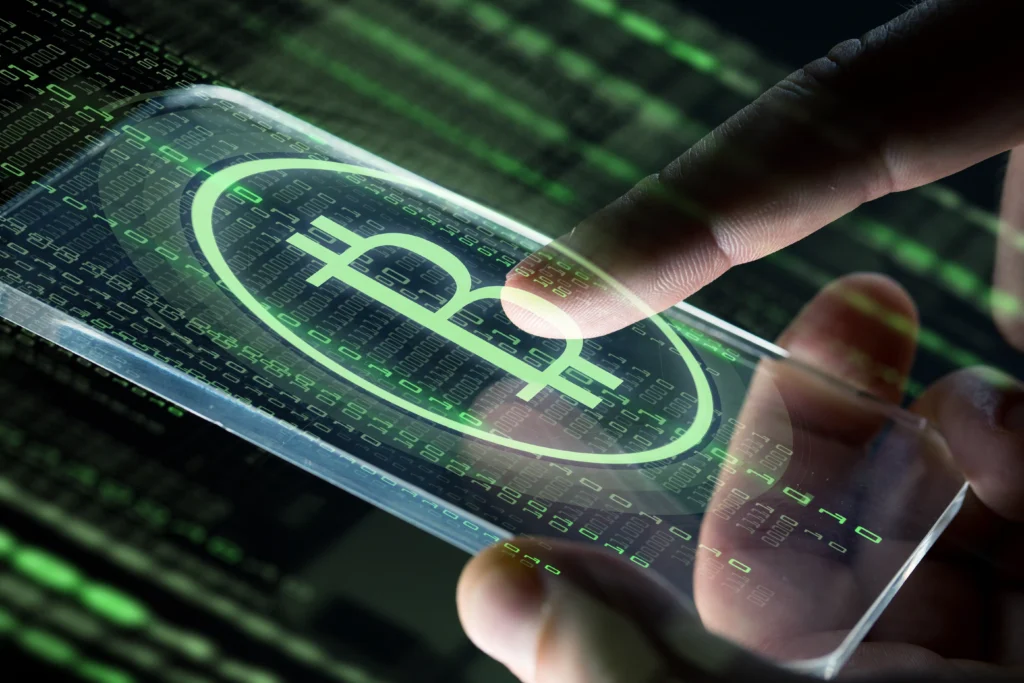
Central Bank Digital Currencies (CBDCs) are among the most significant monetary innovations since the adoption of fiat currency. These digital versions of national money combine the stability of government backing with the technological efficiency of blockchain.
By 2026, major economies including China, India, and the European Union are expected to have fully functional CBDCs. The AI and blockchain in the financial markets revolution will ensure that cross-border payments using CBDCs settle within seconds.
The BIS’s mBridge project, for example, enables multiple central banks to trade digital currencies through a unified blockchain ledger. For forex traders, this means near-zero settlement time and reduced counterparty risk.
With real-time settlement, trading hours will blur. Currency markets will operate continuously, supported by blockchain verification. Liquidity will increase as barriers between markets disappear, creating more opportunities for traders worldwide.
CBDCs will become an integral part of future trading technologies, linking traditional finance with digital innovation seamlessly and reshaping global currency dynamics forever.
10. Quantum-Resistant Cybersecurity and Data Integrity Systems
As markets evolve technologically, so do their vulnerabilities. Cybersecurity will be the cornerstone of trust in 2026. Quantum computing’s immense power could theoretically break current encryption systems, which is why researchers are developing quantum-resistant algorithms designed to protect sensitive trading data.
These systems use lattice-based cryptography and blockchain verification to ensure transactions remain unbreakable even under quantum attack. AI-driven monitoring tools can also detect suspicious patterns, instantly flagging potential breaches before they cause damage.
Leading brokers now employ zero-trust architectures, where every user interaction is verified cryptographically. Combined with biometric authentication, these next-generation trading tools eliminate common entry points for cyberattacks.
By 2026, secure decentralized identity systems will replace passwords entirely, giving traders total control over access rights and data visibility. Cyber defence will no longer be optional—it will be integrated into every platform using AI and blockchain in financial markets to preserve integrity and confidence in digital ecosystems.
Conclusion: Preparing for a Smarter Market Era
These ten future trading technologies are more than trends—they’re the foundation of an intelligent, decentralized, and transparent financial world. Emerging technologies in trading in 2026 will combine automation, data science, and blockchain verification to make markets faster, safer, and more equitable for all participants.
Success in this environment will depend on adaptability. Traders who understand and integrate next-generation trading tools—from AI to quantum systems—will thrive, while those who resist innovation risk obsolescence.
The integration of AI and blockchain in financial markets is already setting new performance standards. The most successful traders in 2026 will not just trade—they will manage intelligent systems that think, learn, and evolve. The edge of tomorrow belongs to those who master technology today.
Read here to learn more about “What Is the Key Difference in Order vs Trade vs Position in Forex“

I’m Chaitali Sethi — a seasoned financial writer and strategist specializing in Forex trading, market behavior, and trader psychology. With a deep understanding of global markets and economic trends, I simplify complex financial concepts into clear, actionable insights that empower traders at every level. Whether it’s dissecting winning strategies, breaking down market sentiment, or helping traders build the right mindset, my content bridges the gap between information and implementation.
